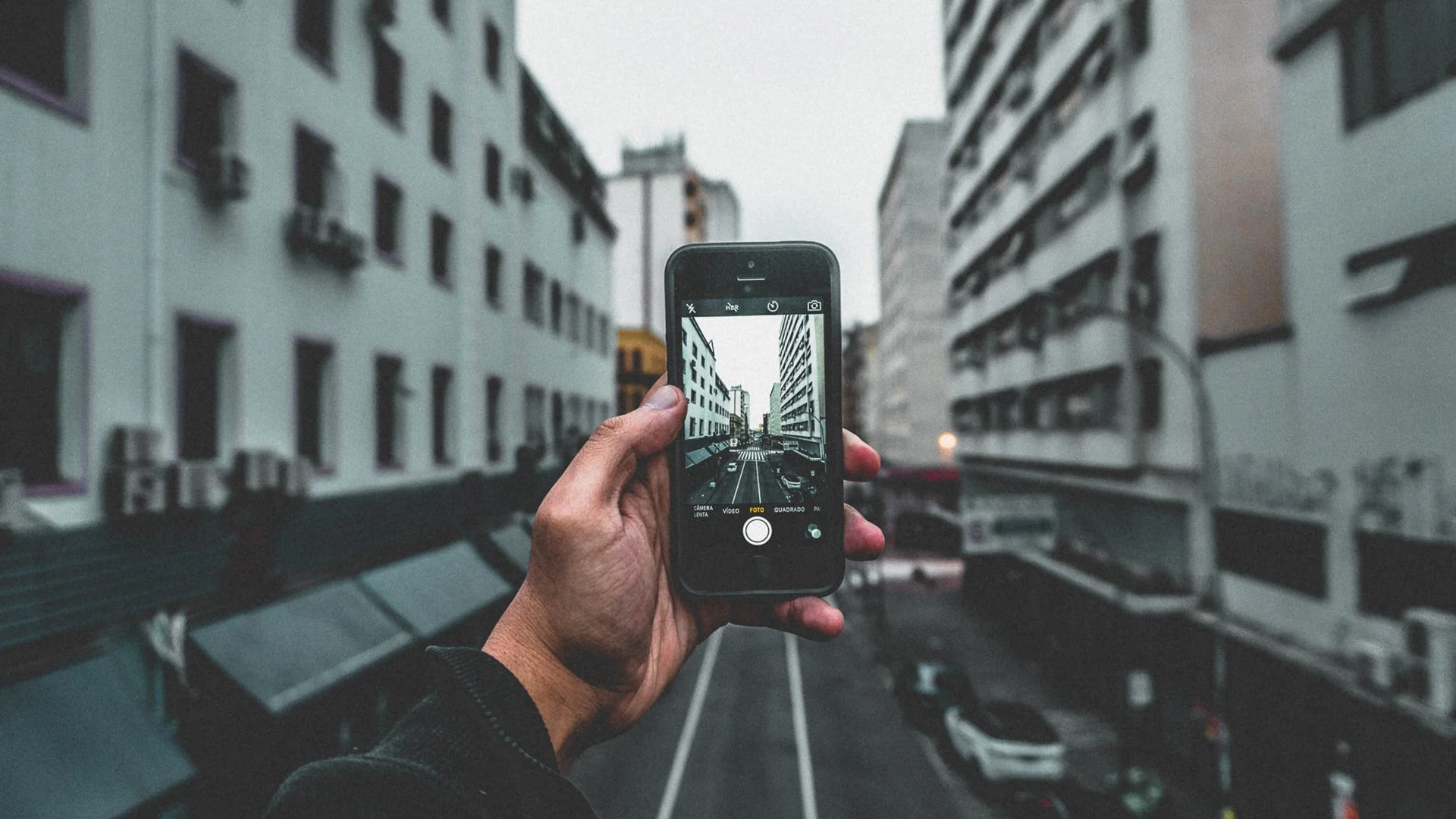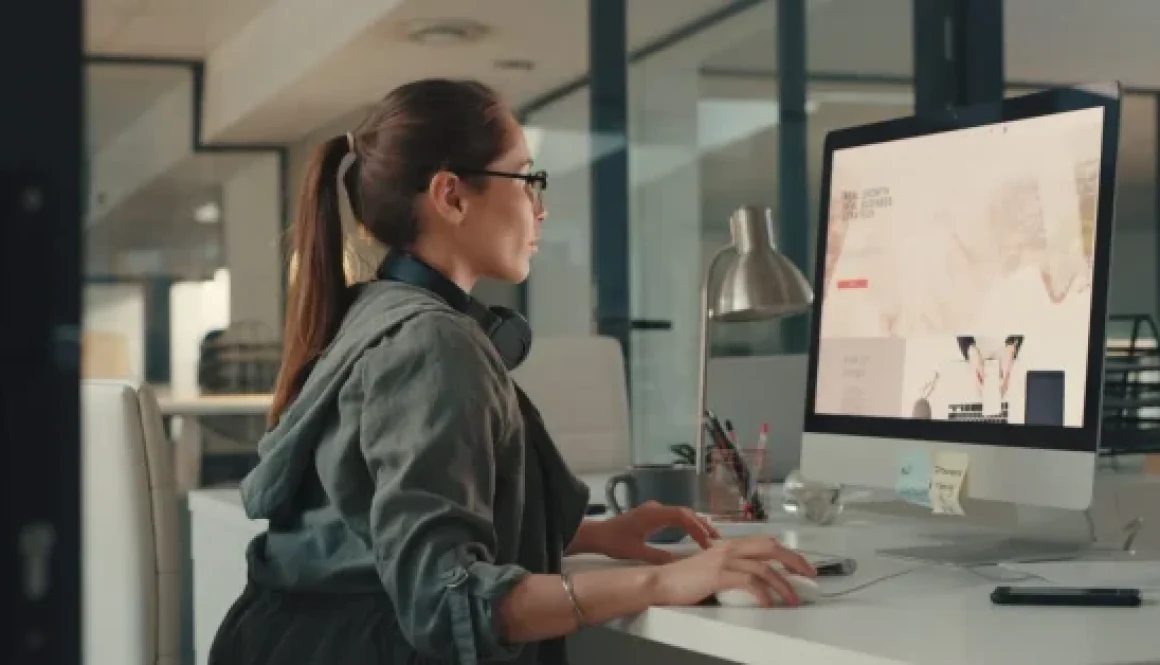The Art and Science of Modern Web Design: Building Experiences That Matter
In today’s digital-first world, web design is more than just creating attractive websites—it’s about building intuitive, high-performing digital experiences that connect brands with users. With businesses shifting online and user expectations growing more sophisticated, web design has evolved from static page layouts to dynamic, interactive platforms driven by strategy, usability, and emotion.
In this article, we’ll explore the essentials of modern web design, emerging trends, tools shaping the industry, and best practices for building future-ready websites in 2025.
What Is Web Design?
Web design is the process of creating the visual look and interactive elements of a website. It encompasses layout, typography, colors, images, functionality, and user interface design (UI), all aimed at delivering a seamless user experience (UX).
Good web design doesn’t just look professional—it functions efficiently, communicates clearly, and supports the goals of both the business and the visitor.
Why Web Design Matters
A well-designed website is crucial for a brand’s credibility and digital success. Here’s why:
-
First impressions count: Users often judge your business within seconds based on website design.
-
Improved user experience: Easy navigation and fast loading increase engagement and reduce bounce rates.
-
Higher conversions: Smart design guides users toward calls to action, boosting leads and sales.
-
SEO performance: Google considers factors like speed, mobile-friendliness, and structure—all influenced by design.
-
Brand identity: Consistent visuals and tone reflect your brand’s personality and values.

Key Elements of Modern Web Design
To create a website that performs well and looks great, designers must balance aesthetics with functionality. Here are the core components of effective web design:
1. Responsive Design
With users accessing websites across smartphones, tablets, laptops, and desktops, responsiveness is non-negotiable. A responsive design adjusts seamlessly to different screen sizes, ensuring consistency in layout and usability.
2. User Experience (UX)
User experience focuses on how a user interacts with a website. A UX-friendly design means:
-
Logical navigation
-
Fast page loads
-
Clear content hierarchy
-
Simple, goal-oriented user journeys
3. User Interface (UI)
UI involves the look and feel of the website. It includes:
-
Color schemes and branding
-
Button styles
-
Font choices
-
Icons and visuals
A great UI enhances usability and makes navigation intuitive.
4. Accessibility
Web accessibility ensures your site is usable by everyone, including people with disabilities. This includes:
-
Text alternatives for images
-
Keyboard navigation
-
Screen reader compatibility
-
High contrast and readable fonts
Following accessibility guidelines (such as WCAG) not only broadens your audience but also improves SEO.
5. Performance Optimization
A slow website frustrates users and hurts rankings. Optimizing image sizes, using clean code, minimizing plugins, and leveraging caching can make a big difference in load times.
Web Design Trends in 2025
Web design is a dynamic field, and staying updated with trends can give your site a competitive edge. Here are the top trends in 2025:
1. AI-Assisted Design
AI tools are now helping designers with layout suggestions, color palettes, and even content creation. AI-driven platforms like Adobe Firefly and Figma AI improve productivity and creativity.
2. Minimalism and White Space
Simple designs with lots of breathing room improve focus and readability. Minimalist websites strip away clutter and highlight key content or CTAs.
3. Dark Mode and Theme Switchers
Dark mode is a user-favorite. Offering light/dark theme options enhances usability and personalization.
4. Micro-Animations
Small, subtle animations provide feedback and enhance interaction without overwhelming the user. Think hover effects, loading spinners, and animated icons.
5. 3D and Immersive Visuals
With better web technologies, designers are adding 3D elements to make websites more immersive—especially in industries like fashion, gaming, architecture, and tech.
Essential Tools for Web Designers
Whether you’re a freelancer or part of a design team, these tools can streamline your process:
-
Design & Prototyping: Figma, Adobe XD, Sketch
-
Code Editors: VS Code, Sublime Text
-
Frameworks: Tailwind CSS, Bootstrap, React
-
CMS Platforms: WordPress, Webflow, Ghost
-
Image Optimization: TinyPNG, ImageOptim
-
Testing & Debugging: Chrome DevTools, Lighthouse, BrowserStack
Combining these tools allows designers to create fast, visually appealing, and interactive websites with less friction.
Web Design and SEO: A Powerful Duo
Design and SEO go hand-in-hand. A beautiful site won’t get traffic without proper optimization. Here’s how design impacts SEO:
-
Site speed affects rankings and user retention.
-
Mobile responsiveness is a ranking factor.
-
Header tags and content structure make indexing easier.
-
Alt text and image optimization improve image search visibility.
-
Clean URL structure and internal linking aid navigation and crawlability.
Always build with SEO in mind from the start.
Tips for Building a Successful Website
Creating a high-performing website involves more than choosing the right theme. Here are some practical tips:
-
Start with clear goals: Know the purpose of your website—inform, sell, entertain, or capture leads.
-
Understand your audience: Design for the user, not for yourself. Research their behavior, preferences, and needs.
-
Prioritize navigation: Keep menus clear and consistent. Users should never feel lost.
-
Use visuals wisely: High-quality images, videos, and infographics enhance understanding but should not slow down your site.
-
Keep content digestible: Use headings, bullet points, and concise paragraphs to break up text.
-
Include strong CTAs: Guide users to take action—subscribe, buy, contact, or explore more.
-
Test and iterate: Use analytics and A/B testing to improve your design over time.
The Future of Web Design
The future of web design is human-centered, data-driven, and tech-enabled. As AI becomes more integrated, designers will focus more on strategy and creativity while automation handles repetitive tasks. Sustainability and ethical design will also take center stage, with a push toward low-carbon, inclusive digital experiences.In addition, voice interfaces, augmented reality (AR), and personalization will redefine how users interact with websites, opening up new creative possibilities.

Final Thoughts
Web design is no longer just about looking good—it’s about solving problems and creating meaningful interactions. As technology evolves, the role of the web designer is becoming more important than ever, blending creativity with technical skill and user psychology.
Whether you’re launching a brand, promoting a product, or sharing ideas, your website is often the first place people connect with you. Make it count.By focusing on user needs, embracing new tools and trends, and always aiming for clarity and accessibility, you can build websites that not only look beautiful but also deliver real results.

